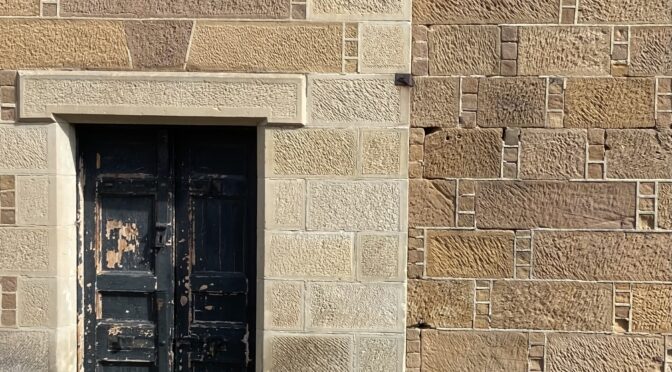
If you could choose to go back in time, would you take the risk? Today we are going to learn about the lives of people in the past and the choices some of them made. Modern cities are often built on the ruins or foundations of other buildings. This results in discoveries of past lifestyles and can cause interesting preservation methods. This is the case in St David’s park.  There was a cemetery here of people who were first fleeters or who were moved from the settlement on Norfolk Island. Parliament and government expansion required these graves to be moved . Now they form part of this park and are definitely not forgotten.
There was a cemetery here of people who were first fleeters or who were moved from the settlement on Norfolk Island. Parliament and government expansion required these graves to be moved . Now they form part of this park and are definitely not forgotten.


As you would expect, women either died around childbearing age or made old bones if they survived this stage. Children often did not get beyond 2 while men seemed to survive to their 50’s or older.
From here we walked past some interesting buildings and sculptures….penguins and seals are very popular subjects in Hobart, to Hobart Penitentiary.





75,000 convicts were transported to Tasmania. 30,000 were women and children.  We know many of the crimes committed were fairly minor but punishments metered out were often harsh. Some crazy people actually committed crimes so they could be transported because they couldn’t afford the passage costs to emigrate. Big mistake!
We know many of the crimes committed were fairly minor but punishments metered out were often harsh. Some crazy people actually committed crimes so they could be transported because they couldn’t afford the passage costs to emigrate. Big mistake!
Initially, convicts would find accommodation and jobs in the community. This changed with Governor Arthur who believed reform came with deprivation , punishment and religion. The Hobart penitentiary was built with this in mind. Food was sparse and there was plenty of hard labour and the lash.



If you look closely, you can see the solitary confinement cells underneath the floor of the chapel. If there was church, prisoners could hear it and those above could smell and hear the moans of those below, 1850 saw these removed as inhumane. Only the worst criminals were then kept on the site. The clock tower was added in 1830 so the locals could go to church on Sunday but stay separate from the convicts. The clock makers later went on to design Big Ben in1840.








It was later used as a court. This was continued into the late 1900’s.








Prisoners would be escorted to the court via tunnels from the holding cells .

Some were sent to the gallows. The last hanging was in the 1940’s.



 Some became upstanding members of the society, others did not. Records of convicts transported, including the transport ship, crime, physical characteristics .occupation and what happened or them have been found. These can now be accessed from the archives.
Some became upstanding members of the society, others did not. Records of convicts transported, including the transport ship, crime, physical characteristics .occupation and what happened or them have been found. These can now be accessed from the archives.

Our next walk through history was the replica of Mawson’s huts. Imagine a whole heap of pipe smoking men, wet wool and cold. It was certainly evidence of human endurance, perseverance and friendship.








Mawson and those who remained to look for him survived two winters in Antartica.
Well after such a history filled morning you deserve coffee, a fun sculpture and a question. 


When you are rested, we are off to the botanical gardens. They have plants from Macquarie Island in a very cold room.
















Tomorrow we leave for Mt Wellington and the Huon valley. Expect some walking😄





